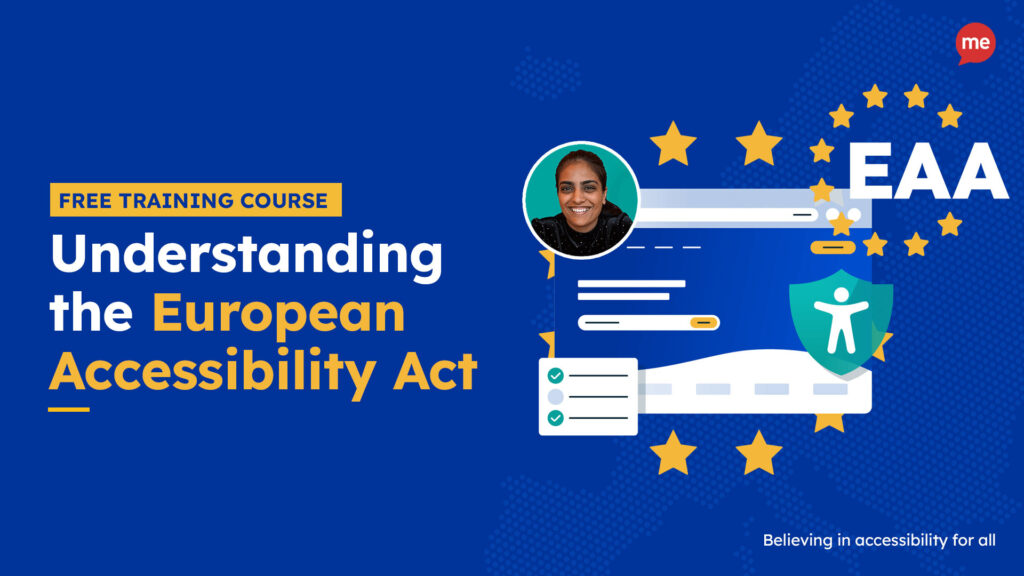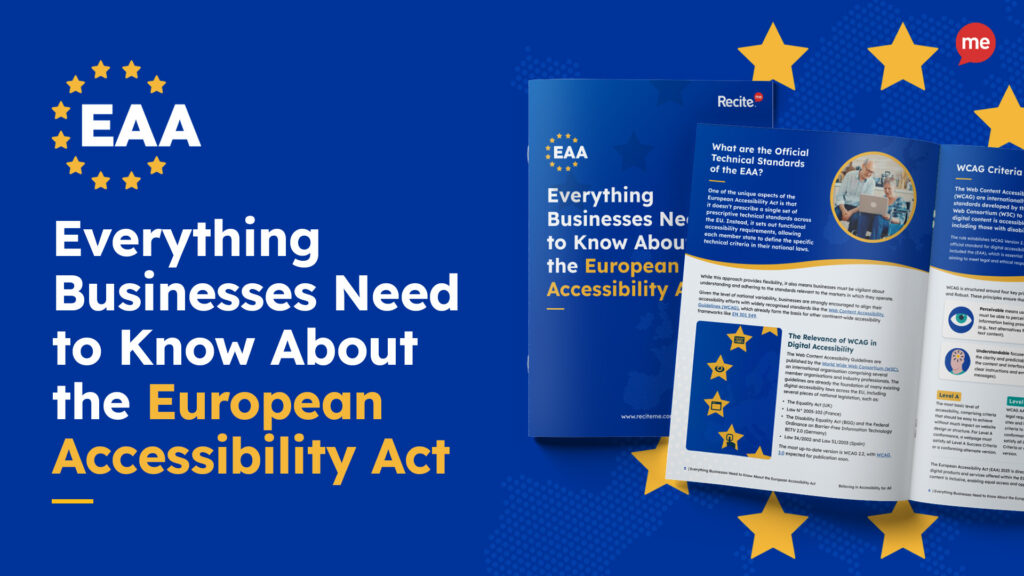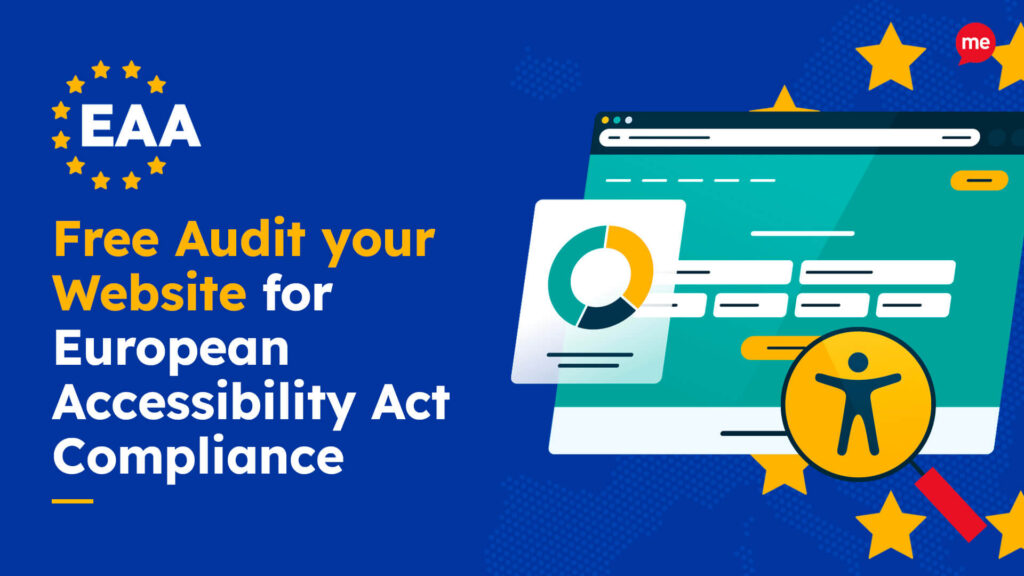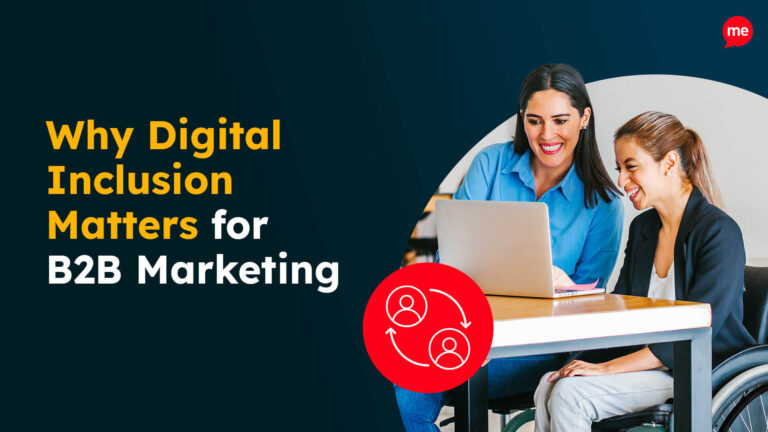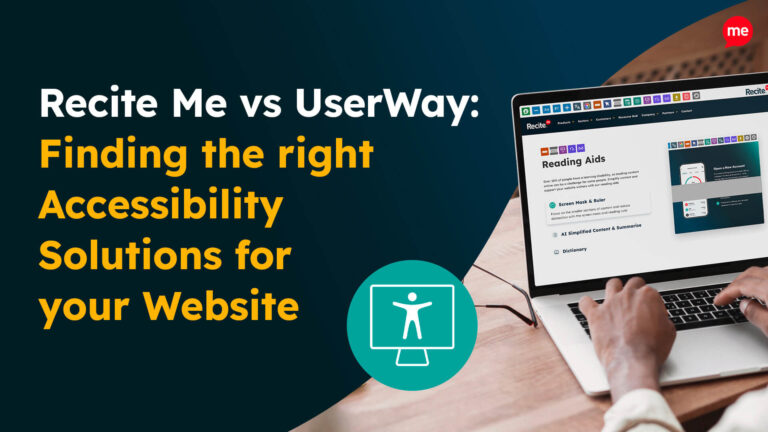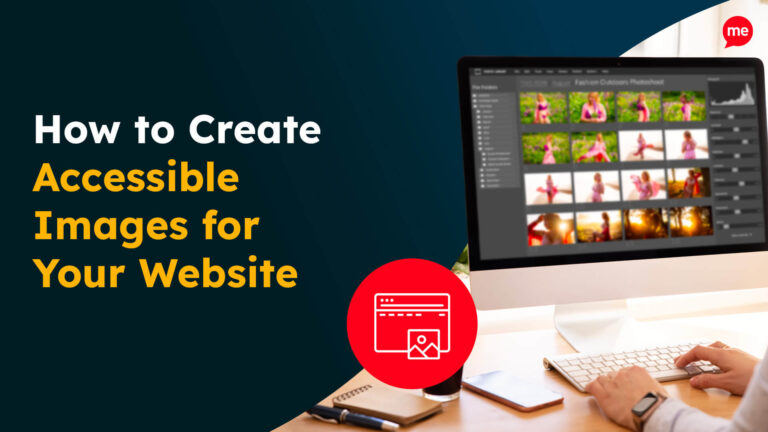Get Your Free European Accessibility Act Checklist
Download NowImagine walking into a store and discovering that half the products are behind locked doors, only accessible to those with a special key. Now, translate this to the digital world, where millions of people with disabilities find themselves locked out of online services and products.
This is where the European Accessibility Act (EAA) comes in. For businesses in Germany, understanding and complying with the EAA is an essential part of growing a successful business. While applicable to a wide range of European companies, both physical and digital, this article will focus primarily on the latter, offering actionable guidance on how to keep your online space EAA compliant.
What is the European Accessibility act?
The European Accessibility Act (EAA) is a pivotal piece of legislation passed in 2019 to standardise accessibility laws across the European Union and to encourage inclusive environments. The first key deadline is already in effect, whereby any digital content created after June 28, 2025, must be EAA compliant. The next major milestone is June 28, 2030, when all digital content, both new and existing, must meet accessibility standards.
Its primary goal is to remove any barriers that may prevent disabled users from accessing the products and services they desire, whether digital or physical. Broadly speaking, the EAA applies to any business that wishes to trade in the EU, covering a wide range of goods and services — but more on that later.
Checking for EAA compliance is now easier than ever. At Recite Me, we offer a free website audit to spot any issues related to the European Accessibility Act and WCAG. You’ll get a clear action plan to help improve your website’s accessibility and meet EAA compliance.
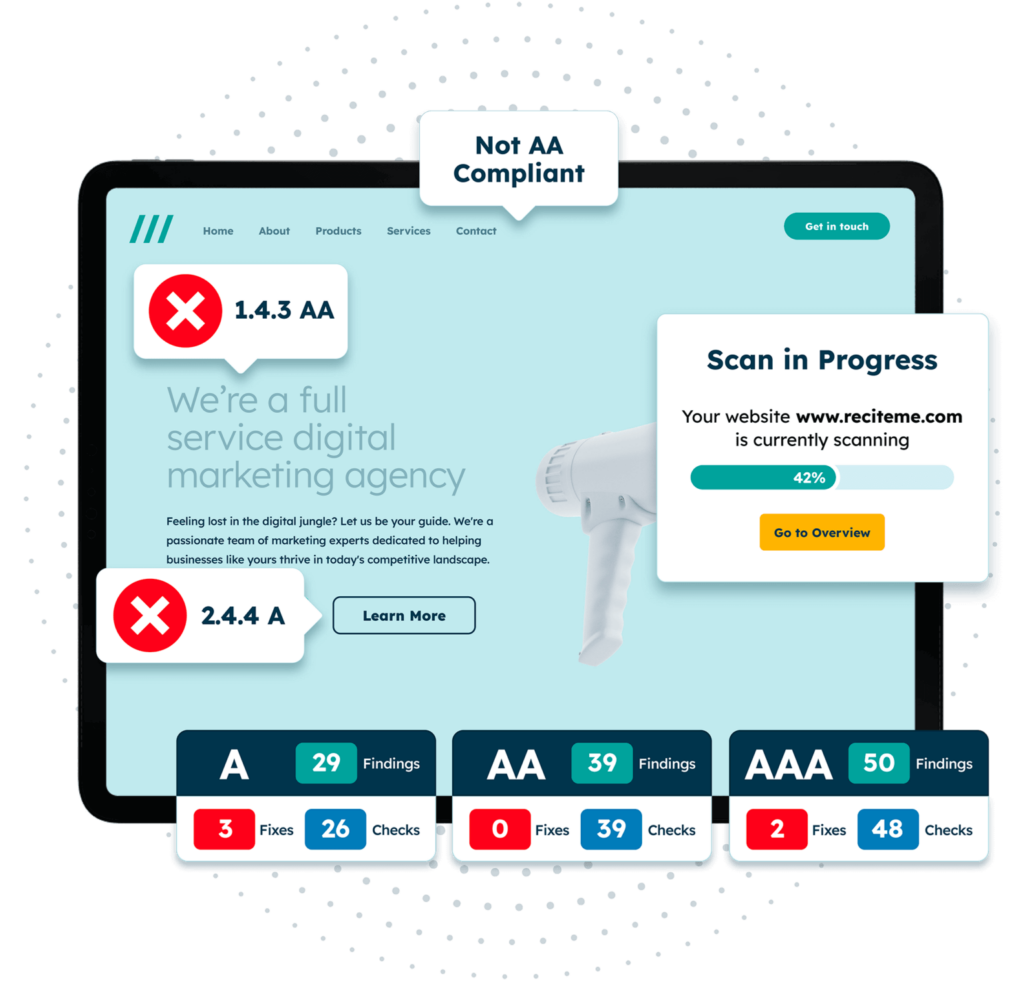
What German laws govern the European Accessibility act?
In Germany, the implementation and enforcement of the EAA are governed by specific national laws. These are as follows:
Barrierefreiheitsstärkungsgesetz (BFSG)
The Barrierefreiheitsstärkungsgesetz (BFSG), or Accessibility Strengthening Act, was specifically enacted to align German law with the requirements of the European Accessibility Act. The BFSG mandates that a wide range of products and services, such as ATMs, ticketing machines, e-commerce stores, and digital services like banking and media, must be accessible to people with disabilities.
This law ensures that manufacturers and service providers adapt their offerings to meet the accessibility criteria defined by the EAA, thereby enabling equal access for all citizens.
Behindertengleichstellungsgesetz (BGG)
The Behindertengleichstellungsgesetz (BGG), or Equal Opportunities for Disabled Persons Act, is a foundational law in Germany that was enacted back in 2002. The law promotes accessibility and prohibits discrimination against people with disabilities, providing a broad legal framework for ensuring equal participation of people with disabilities in all areas of public life, including access to information, buildings, and services.
Key elements of the BGG include:
- Anti-Discrimination: The BGG prohibits discrimination against individuals with disabilities, ensuring their right to equal participation in society.
- Accessibility Requirements: The law establishes mandatory standards for accessibility in public spaces, transportation, and information technology.
- Legal Recourse: The BGG gives individuals with disabilities the right to file complaints and seek legal remedies if their rights are violated.
Barrier-Free Information Technology Ordinance 2.0 (BITV 2.0)
The Barrier-Free Information Technology Ordinance 2.0 (BITV 2.0) is a critical regulation under the BGG that specifically addresses digital accessibility. BITV 2.0 sets detailed standards for making websites, mobile applications, and other digital services accessible to people with disabilities. Additionally, it aligns with the Web Content Accessibility Guidelines (WCAG), which are widely recognised international standards for web accessibility
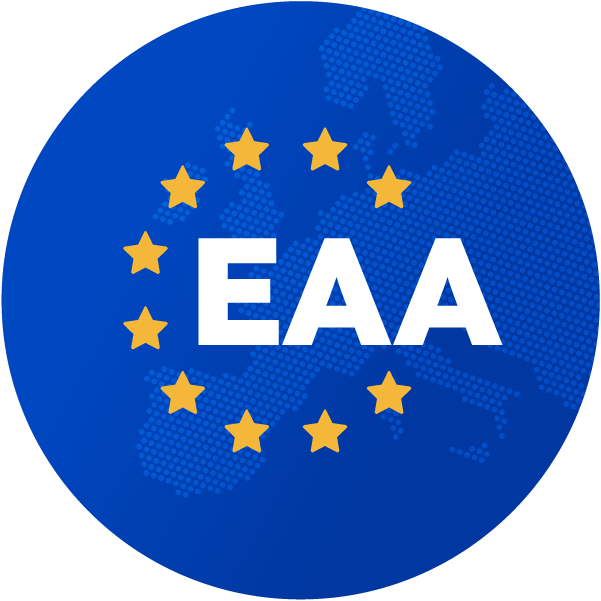
What are the EAA requirements for businesses in Germany?
To fully understand the EAA and how it affects your business, you need to know what it takes to be compliant. To make it a bit simpler, the EAA’s digital requirements can be broken down into several key areas that address different aspects of accessibility. Let’s take a closer look.
Accessible digital content
One of the most critical aspects of the EAA is its focus on digital accessibility. Given that almost every business in Germany, and Europe for that matter, operates online in some form or another, the importance of digital accessibility cannot be understated.
These requirements apply specifically to websites, mobile apps, and any other form of digital platform. For instance, a German e-commerce site must ensure that its website is navigable by users with visual impairments, motor impairments, or any other type of impairment for that matter. To do this, the business might tag all images with alternative text (alt text), provide transcripts for audio content, and ensure sufficient colour contrast between text and background, among other things.
Other accessible design elements, like video captioning, translation options, and use of clear language, should also be implemented if not already done so. All these types of accessibility features are simply a means of achieving WCAG’s POUR principles: perceivable, operable, understandable, and robust. Which is a golden standard for global accessibility.
Accessible documentation
Another key requirement under the EAA is the provision of accessible documentation. All product manuals, terms and conditions, and other informational materials must be made available in accessible formats. This could include large print, braille, or audio versions of documents.
Consider the case of a German software company publishing their product’s user manual. It is not enough for the company to provide their manual as a downloadable PDF only. They must ensure that this manual can be accessed and understood by all users, whether that means offering an audio version for those with visual impairments or a simplified text version for users with cognitive disabilities.
Which German organisations do the regulations apply to?
Unlike previous accessibility legislation in Germany, such as the BITV, the EAA also covers private sector firms. It applies to any business that trades within the EU, including those who are based, or have their headquarters, outside the EU.
Crucially, the EAA does have an exemption for microenterprises. A microenterprise is considered a small business with fewer than 10 employees and an annual turnover of less than €2 million. Therefore, as long as your business is not a microenterprise and is trading within the EU, you must comply with the Germany’s EAA requirements.
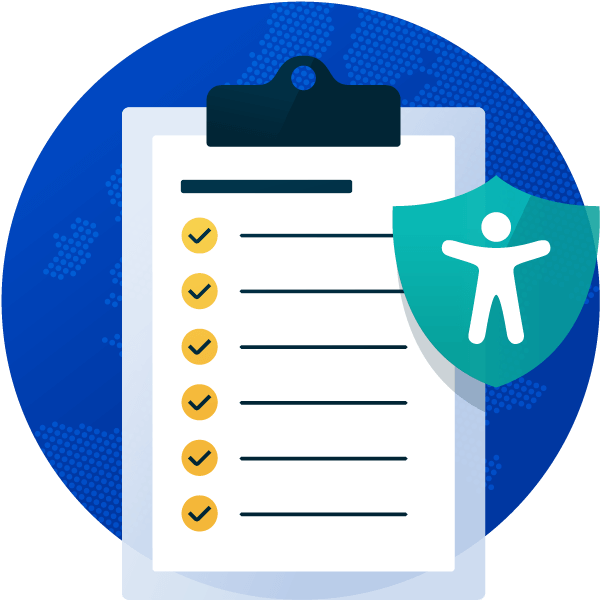
What are the risks of non-compliance in Germany?
Failing to comply with the EAA can lead to severe consequences that could impact your business’s reputation, finances, and future growth. Understanding these risks is vital for any business in Germany looking to be EAA compliant.
Fines and other legal penalties
The most obvious risk associated with non-compliance is legal action. Most commonly, a legal case would be brought forward by an individual, or group of individuals, dissatisfied with the accessibility of your products or services.
Failure to comply with the EAA in Germany can lead to fines of up to €100,000.
German authorities are empowered to enforce the EAA, and businesses that fail to comply can face significant fines, or other penalties, as a result. It’s important to note that it is not just about having to absorb an expensive EAA fine. There is also the implication of court bills, lawyer fees, in addition an unnecessary burden of stress and loss of time.
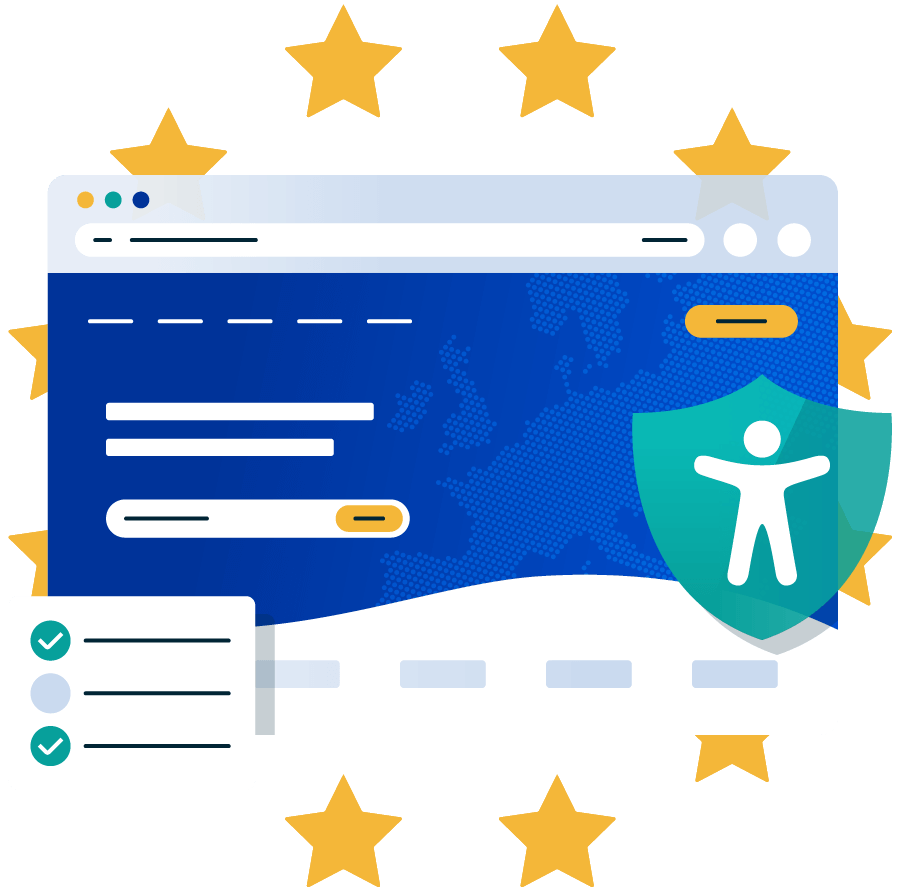
Damaged brand image
Consumers are increasingly making more ethically-conscious purchasing decisions, and any news of a company’s misdoings spreads fast. This is a lethal combination, which, if met with EAA non-compliance, can quickly lead to your business being in the spotlight for all the wrong reasons.
A German retailer that doesn’t provide accessible online services may find its reputation tarnished. While it may not have any legal cases brought against it, the retailer will still have to deal with an onslaught of negative press and the churn of loyal customers that comes with it. Often, these parting customers end up at your competitor’s doorstep. As such, this kind of reputational damage can be long-lasting and difficult to repair.
Market share loss
Businesses that fail to comply with the EAA, and are, therefore, inaccessible, become very unappealing for users with disabilities. Given that this demographic makes up 15% of the global population, that is a significant loss.
Inaccessible businesses not only risk alienating disabled customers, but also those who prioritise ethical and inclusive business practices. Many consumers want to see their favourite brands championing diversity and inclusion, and may choose to take their business elsewhere if they don’t find this. Over time, this loss of market share can severely hinder a company’s growth, impacting sales and revenue quite drastically.
Make sure your website meets the European Accessibility Act with our easy-to-follow EAA checklist. It covers all the key steps to get compliant before the deadline and helps you avoid penalties. Get started today!
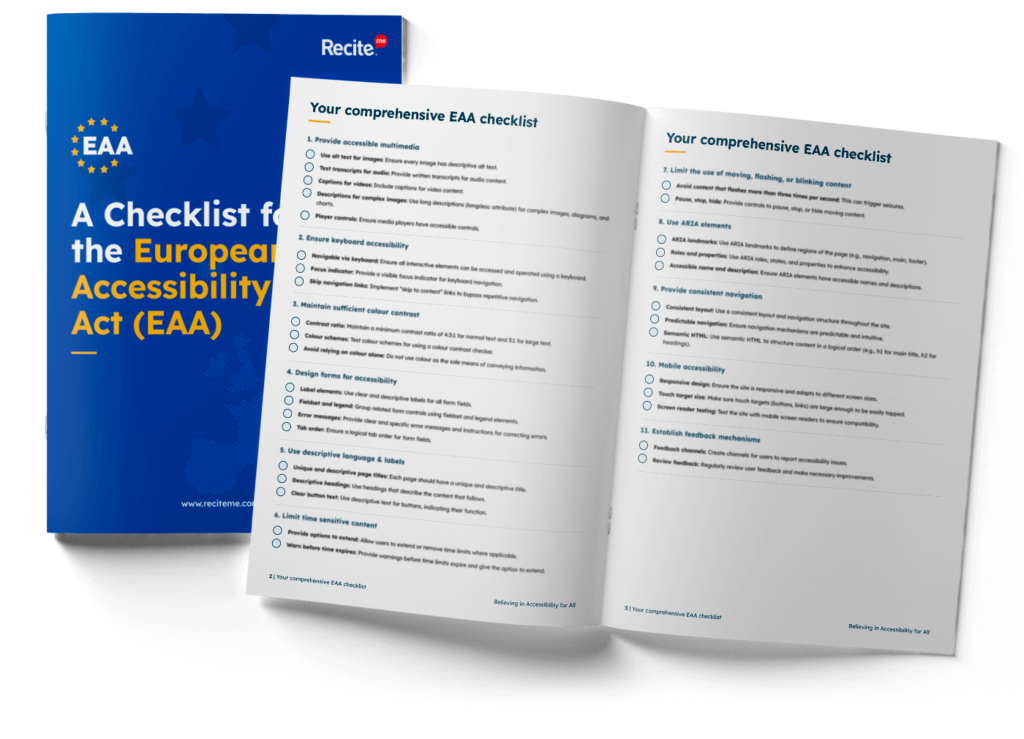
Steps to make your website EAA compliant in Germany
EAA compliance may seem overwhelming, but it’s a manageable process if you take it step by step. To help you get started, we’ve outlined a clear path to ensure your website meets the necessary standards.
1. Identify Your Current Level of Accessibility
The first step is to assess where your website currently stands in terms of accessibility. The best, and most efficient, way to do this is to use an automated tool, such as Recite Me’s accessibility checker. These types of products provide thorough scans of your website, identifying any non-compliant features, and giving you a clear roadmap for where to go next.
2. Create an accessible web design
Once you’ve identified the areas that need attention, the next step is to address them by implementing accessible EAA web design features. If your EAA audit reveals that your site’s images lack alt text, for example, then start there.
Perhaps you need to adjust colour contrasts to ensure text is readable for users with visual impairments, or maybe you need to restructure your web pages so that they can be more easily navigated via keyboard alone. Whatever the changes you need to make, implement them swiftly and leave no stone unturned.
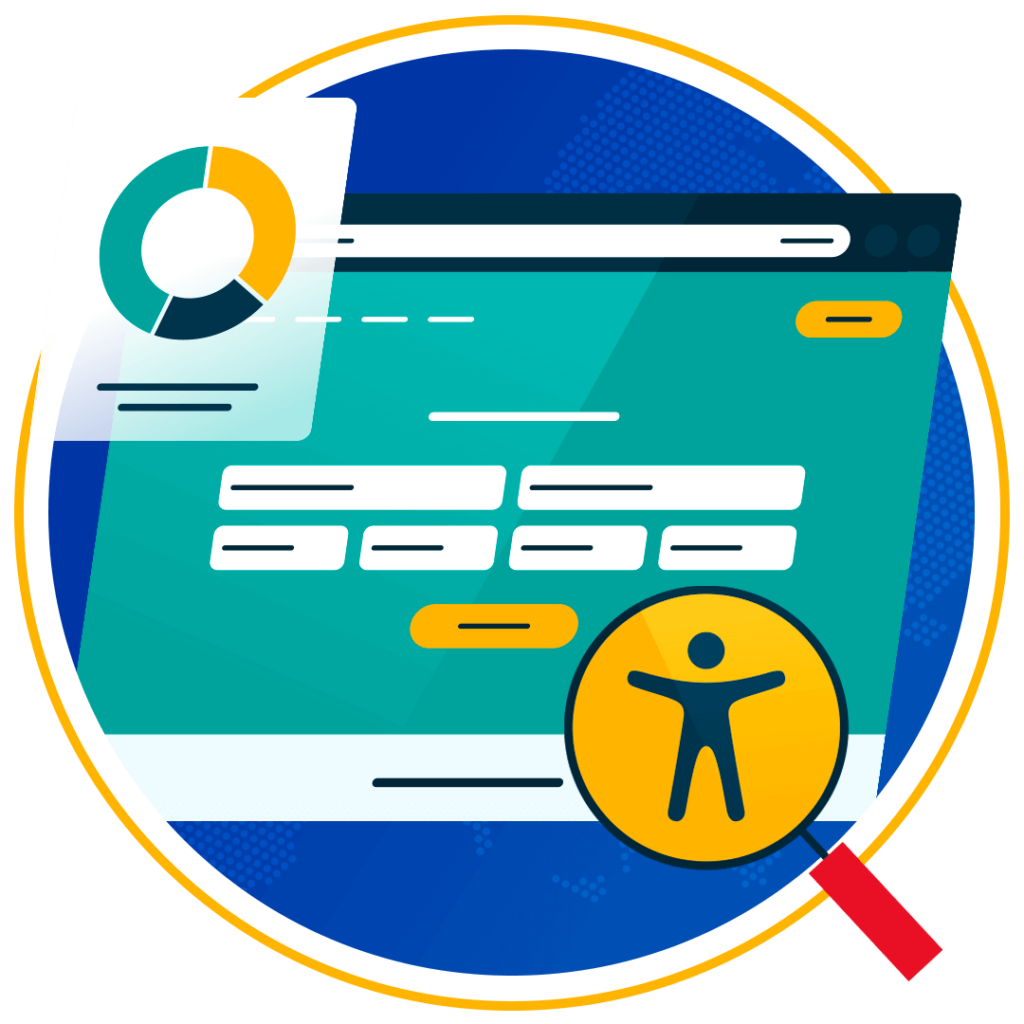
3. Provide accessible online content
Design features are just one part of the puzzle; the content itself must also be accessible. This means providing information in various formats, such as transcripts for audio content and captions for videos, as well as using clear, simple language across all written documents. The European Accessibility Act checklist is a good starting point on your journey to producing accessible content.
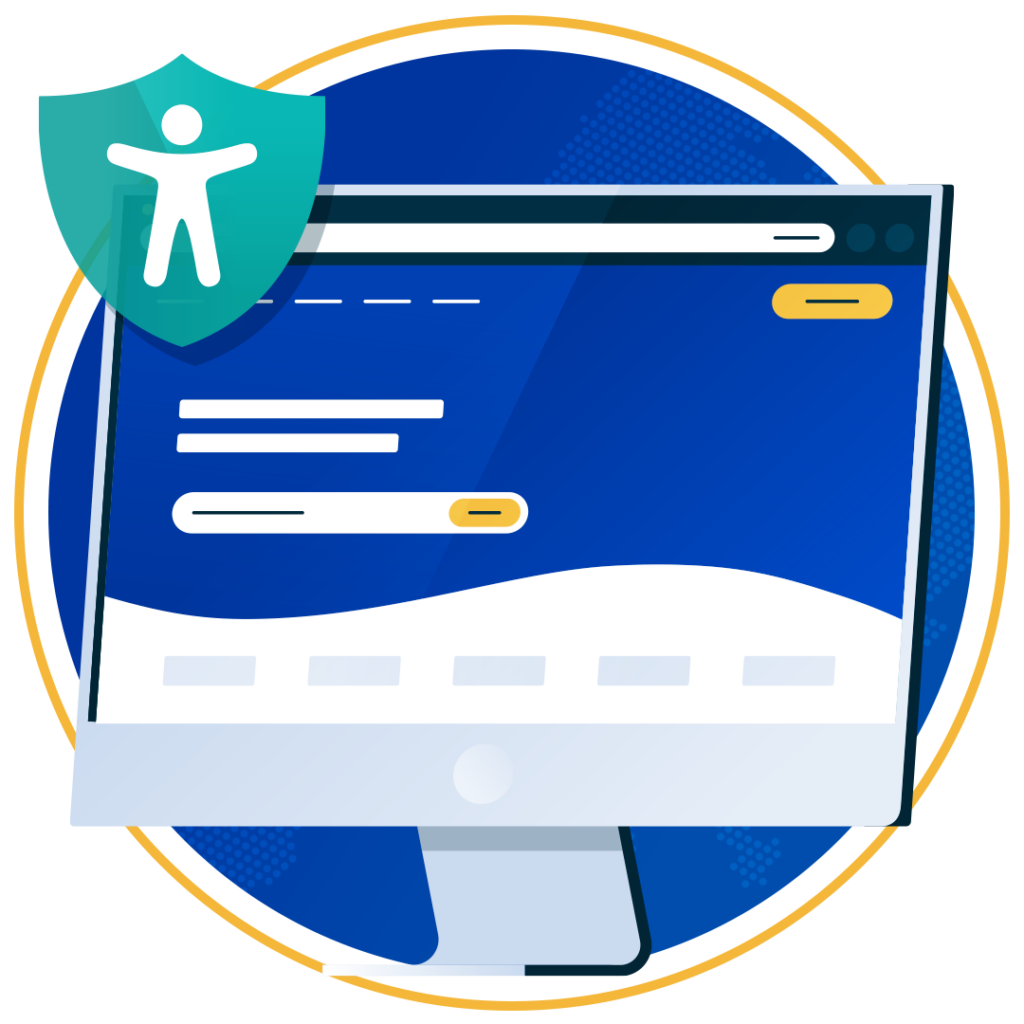
4. Run manual tests
Once achieved, accessibility needs to be maintained. Regular testing and updates are essential if you want to stay compliant with the EAA long-term. To do this, schedule periodic accessibility audits, using not just automated, but manual testing methods too.
Manual testing involves allowing a team of disabled users, representative of your audience, to check your digital content for any inaccessible features that an automated test might miss. Invite users to provide feedback on any issues that arise, and take action on the feedback as best you can.
5. Train your team
At this point, you should be at ease with the idea of achieving and maintaining accessibility. Now, it is time to engrain these values of inclusion into your team by offering regular training sessions on accessibility best practices and other similar topics. When holding such training sessions, it is important to include everyone, from your web developers to your customer service representatives, and everyone in between.
Provide accessibility training on the latest WCAG guidelines and disseminate news promptly when updates are made. This can help keep your team informed about the latest accessibility standards, ensuring that all future products also comply with the EAA long into the future.
You can check out our free EAA accessibility training, which covers all areas relating to the European Accessibility Act. Showcasing actionable steps to take, helping your organisation become more accessible.
Need more help becoming EAA compliant?
The following resources are packed full of actionable tips and expert advice for making your digital content compliant with the European Accessibility Act:
Free EAA Compliance Training
Take the first step to European Accessibility compliance by completing our EAA training course.
Free EAA Compliance Guide
Ensure your organisation is meeting the necessary requirements for European Accessibility Act compliance.
Free EAA Audit of your Website
Download a free accessibility check of your website. This report will highlight any EAA non-compliance and how to fix it.

